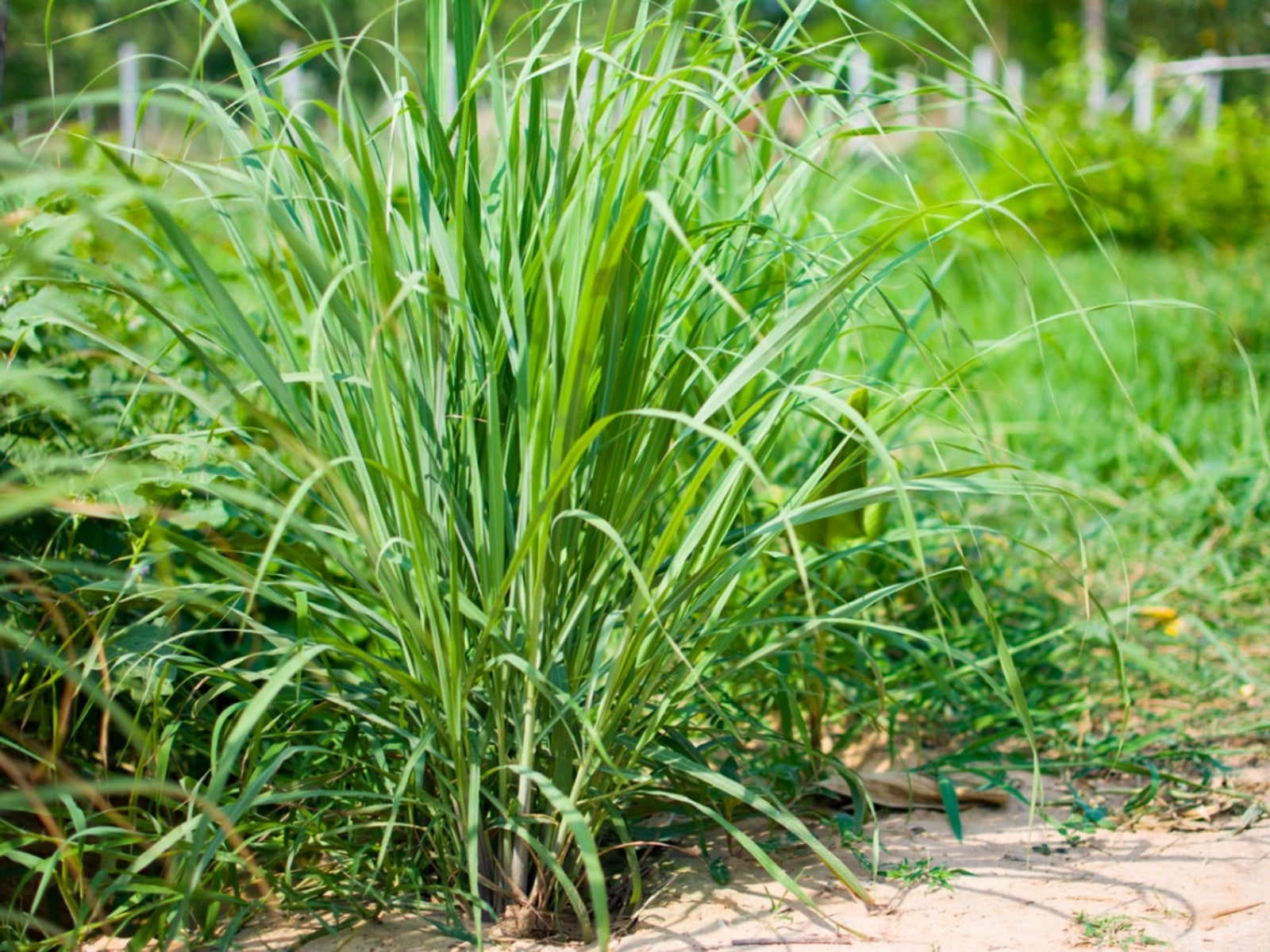Lemongrass Herbs: Learn About Growing A Lemongrass Plant

Kathee Mierzejewski

- Botanical name: Cymbopogon citratus
- Height: 3-5 feet (1-1.5 m)
- Spread: 2 feet (61 cm)
- Sun exposure: full sun
- Soil requirements: rich, loamy
- Hardiness zones: USDA 9-11
- When to plant: spring
The lemongrass or lemon grass plant (Cymbopogon citratus) is a tender perennial grass in the family Poaceae prized for its aromatic lemony leaves and stalks. It is a culinary herb commonly found in Asian cuisine, but is also used as an antifungal, and in cleansers, hair products, incense, perfume, potpourri, and soap. If you're looking to add it to your own soups and seafood dishes, you may have found that it’s not always readily available in your local grocery store. Interested in growing your own? Read on to learn how to grow and plant lemongrass.
What is Lemongrass?
Known for its lemony scent, lemongrass is a tropical to subtropical grass used either for its flavorful stalk or for the essential oils derived from the strappy leaves. The edible stems are generally cooked, but the leaves can be used fresh or dried to season foods.
Rich in vitamin A, lemongrass purportedly has many medicinal benefits. It is also an excellent, non-toxic insect repellent.
There are numerous species of lemongrass, most native to countries of Southeast Asia. The first record of its cultivation was made in the Philippines in books dating from the 17th century. It was brought to the tropical regions of the United States in 1917, and by 1947 was being cultivated commercially in those regions. That said, the number one producer of lemongrass today is India.
Description of Lemongrass
Lemongrass grows in clumps of woody, tough stalks from which slender blade-like leaves unfurl. The leaves are pale green in color, turning red in the fall. When bruised, the leaves emit a lemon aroma.
Of the 55 species of lemongrass in the Cymbopogon genus, only two are used for cooking. One is the East Indian lemongrass (C. flexuosus), also called Cochin or Malabar grass, which is native to India, Sri Lanka, and Thailand. West Indian lemongrass (C. citratus) is native to Malaysia.
How to Grow Lemongrass Plant
Lemongrass is an easy to grow plant suited to USDA zones 9-10, but it can also be grown as an annual or brought indoors for the winter in colder climates.
Sign up for the Gardening Know How newsletter today and receive a free copy of our e-book "How to Grow Delicious Tomatoes".
Lemongrass likes warm temperatures, ideally between 77-86 F (25-30 C). It will grow in most soil types but thrives in well-draining, fertile loam with a pH of 5.0-8.4. Lemongrass should be grown in full sun, but will tolerate partial shade.
Lemongrass does well as a container plant. It is also easy to propagate through division in the spring. In cold areas, divide the rhizome in the spring and then overwinter the divisions indoors. You can also grow lemongrass in a glass of water after stripping the stem of its leaves.
How to Plant Lemongrass
Prior to planting, determine if the soil needs further amendments using a soil test. If amendments are needed, work them into the top 6 inches (15 cm) of soil.
Either divide last year's plants or purchase starter plants, as lemongrass is rarely grown from seed. It is also possible to grow lemongrass from the grocery store. At the store, pick the freshest, healthiest looking plants you can find. When you get home, trim a couple of inches (5 cm) off the top of the stalk and peel away anything that looks somewhat dead. Put it in a glass of shallow water and place it near a sunny window.
After a few weeks, you should start seeing tiny roots at the bottom of the stalk. Once the roots are about an inch (2.5 cm) long, plant the stalks in moist soil with the top of the bulbs just above the surface. You can plant your lemongrass in a container or, if your climate is warm enough, directly into your garden.
If you're growing your lemongrass in the garden as an annual, plant it in the spring after all danger of frost has passed for your area. Space plants 3-5 feet apart (90-150 cm) in prepared soil.
Lemongrass Care
Lemongrass, like other grasses, requires lots of nitrogen to encourage the best growth. You may side dress with compost or feed the plants weekly with a balanced soluble fertilizer at half strength from June to September. Indoor potted plants should be fed with the same half strength fertilizer every week to 10 days during the growing season.
Native to tropical climes, lemongrass prefers lots of moisture and humidity. In dry regions, mist and water the plants regularly. Water by hand rather than using sprinklers. Plants grown in pots may need more frequent watering.
How to Harvest Lemongrass
Lemongrass is slow to grow until summer really heats up. When temperatures start to soar, it goes into overdrive and grows rapidly. Stalks should be mature by the end of the summer, although the plant can be harvested any time that stalks are ½ inch (1 cm) thick.
To harvest lemongrass, cut the stems to ground level with a sharp knife or twist and pull the stalks from the plant. Remove the woody outer layers and the leaves.
Once harvested, it is ready to be used in soups, entrees, sauces, or to flavor lemongrass tea.
Store lemongrass wrapped in plastic for three weeks in the fridge, or freeze it in plastic for up to 6 months. Lemongrass can also be dried. Dry lemongrass leaves in the sun, oven or dehydrator.
Related:

Amy Grant has been gardening for 30 years and writing for 15. A professional chef and caterer, Amy's area of expertise is culinary gardening.
- Kathee MierzejewskiWriter